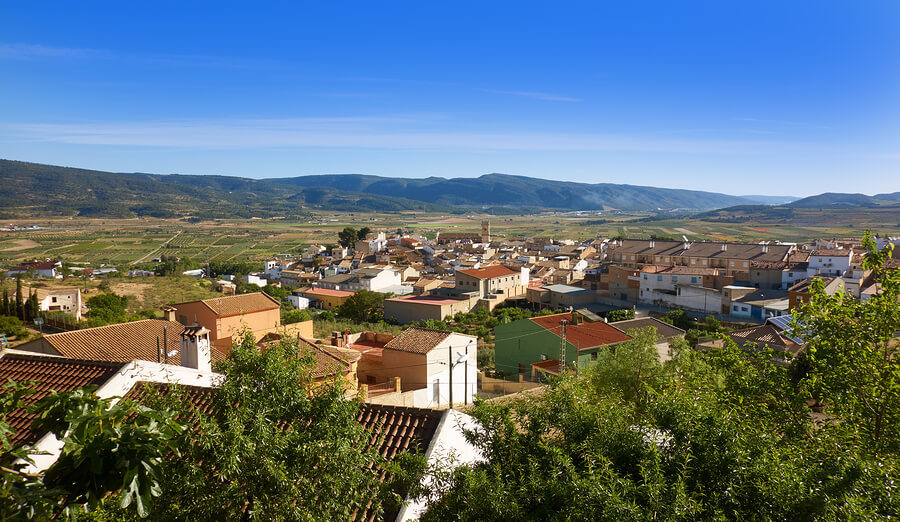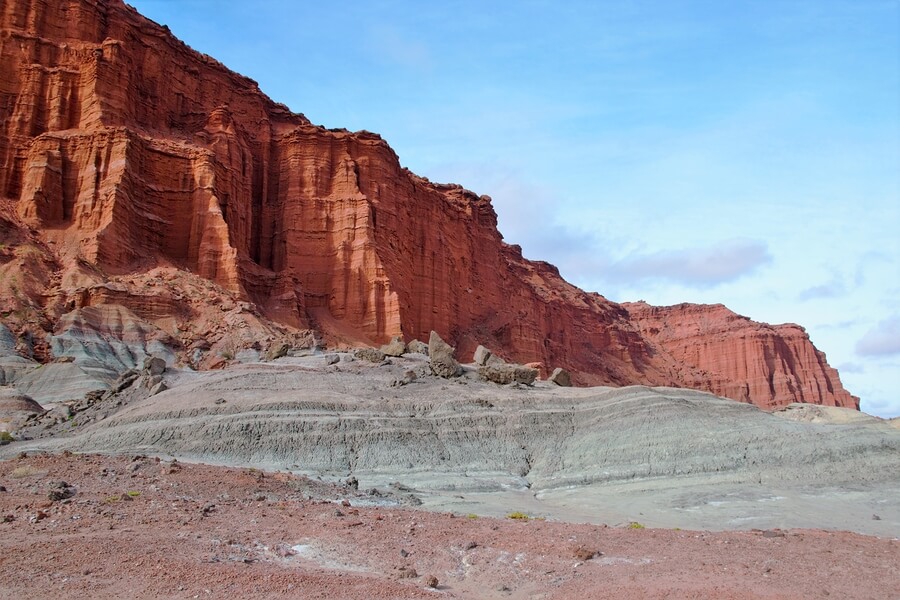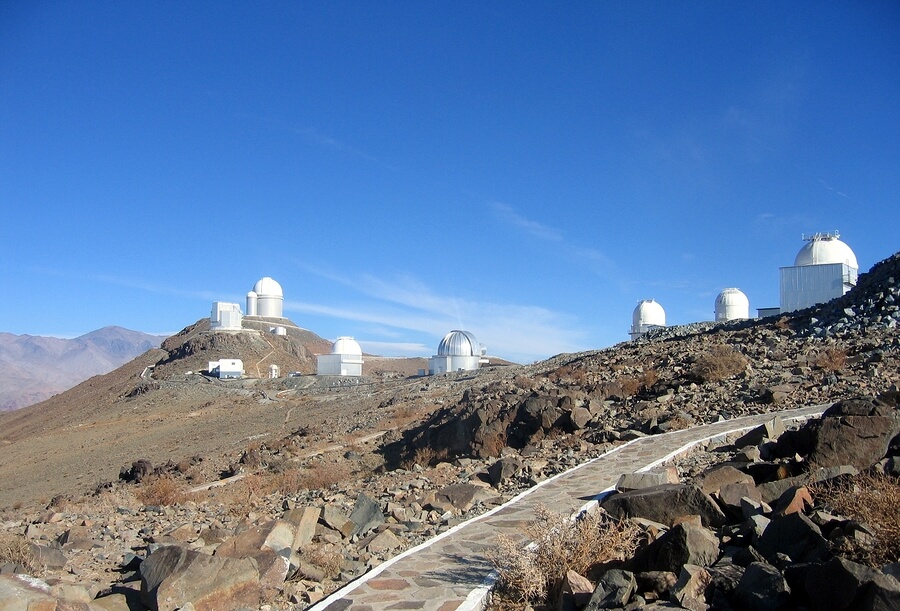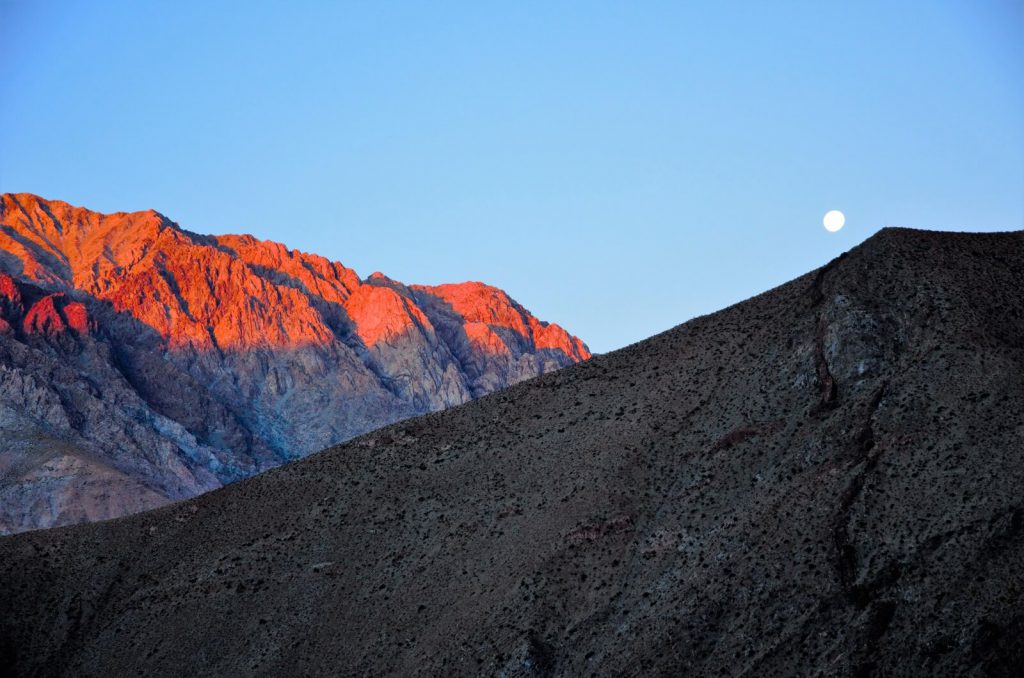It’s one of the most fascinating, otherworldly and mesmerising natural phenomena to grace our little blue planet.
While the scientific interest in a solar eclipse may be obvious, the human side of things may be a little more down to personal interpretation.
Maybe it’s that an eclipse reminds us of how small we are in the vastness of the universe that inspires so many people to travel across the world for a better view.
Perhaps the fascination comes from it being one of the only true once-in-a-lifetime experiences left for many people in such a globalised world.
Many may simply not want to miss out because they may not have the opportunity to see such an event again.
Or perhaps it’s the sheer spectacle – both in the sky and all around you – as people come together to be dazzled by the night sky.
Whatever the reason, astrotourism – meaning travel for astronomical experiences – has become more and more popular.
How can you get involved?

If you’re one of the countless wannabe skygazers who long to see a solar eclipse in all its glory, then the good news is that it’s not only entirely possible, but easy to do with plenty of options throughout South America.
Better news still is that many of the places where you can get the best views are also beautiful, interesting places all by themselves.
This means if you choose to go on a trip to see the solar eclipse in 2019, you’ll be getting a lot more than just that experience.
The solar eclipse will take place on 2nd July 2019 and is best viewed from either Chile or Argentina.
Perhaps the best choice and likely the most famous is the inspiring Elqui Valley, an area in northern Chile that is famous for its clear skies and observatory. For many, this is the ideal setting to view such an astrological event.
After all, it isn’t expecting over a quarter of a million viewers in the days around the eclipse for nothing.
Do remember though that because of its popularity, booking a place at the observatory in advance will be necessary for you to get the best possible experience.
However, while many may favour this tourist hotspot, there are plenty of other excellent options.
In fact, in the case of Chile, totality is visible in much of the Coquimbo Region in cities including La Higuera and La Serena, among many others.
This means there’s an exceptional amount of choice if you decide you want to experience the event from somewhere other than the ultra-popular Elqui Valley.
It’s the same for Argentina, where there are several very popular eclipse destinations, such as the historic San Juan.

This is somewhere lovers of the natural world should visit with or without an astrological event.
There’s also Buenos Aires, a province as fascinating as it is large, which brings together so much of what makes modern Argentina such a special place to visit.
Those are just a couple of examples: there are several more, like Santa Fe, San Luis and Cordoba, to name but a few.
Each of these areas is worth the journey on their own, and could provide an amazing adventure any time of the year. The fact that you can do this while experiencing such an astonishing and unmissable event makes this a trip you won’t want to miss.
Wherever you choose to embark upon this unique trip RealWorld Holidays can help with its 2020 Solar Eclipse Holiday Package. We provide affordable and unforgettable trips throughout South America that are tailor-made for the kind of adventure you want to experience.
Solar eclipse safety advice
Visiting South America is all about having fun and making memories. However, there are some important things to keep in mind when going on a Chile holiday or an Argentina holiday to experience the solar eclipse in order to ensure that things stay safe and your trip isn’t ruined by carelessness.
As anyone who has ever been burned can tell you, the sun is not something you want to take lightly. In fact, UV radiation even has the potential to cause blindness in worse case scenarios.
According to information published by NASA, one way to safely look at the solar eclipse is through special purpose-built solar filters, which can be found on things like eclipse glasses or handheld solar viewers.
Do not use homemade filters or ordinary sunglasses, no matter how dark. And of course, you should never look directly at the sun with the naked eye.


